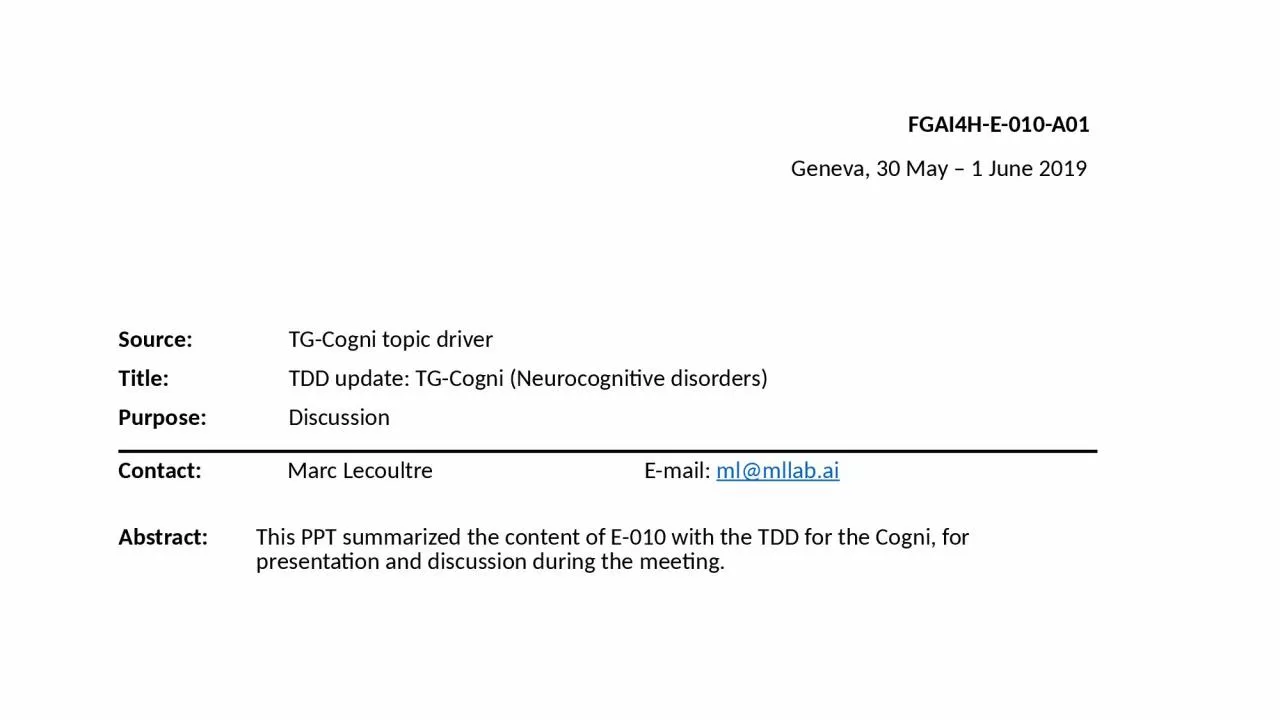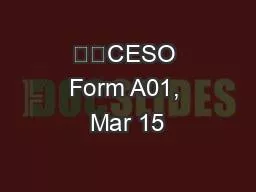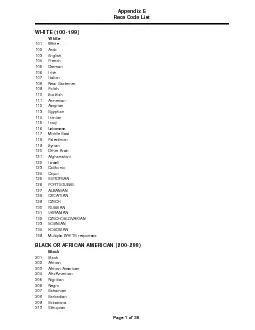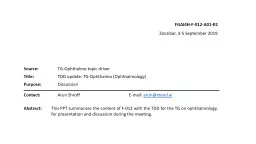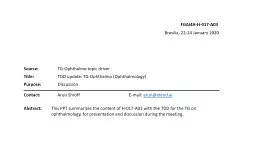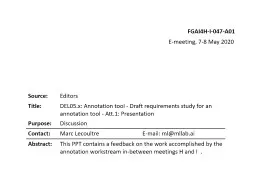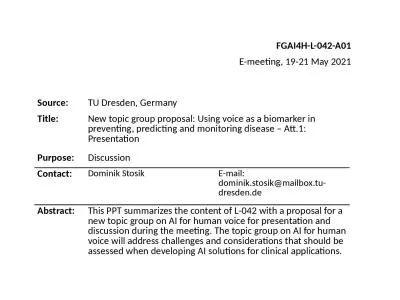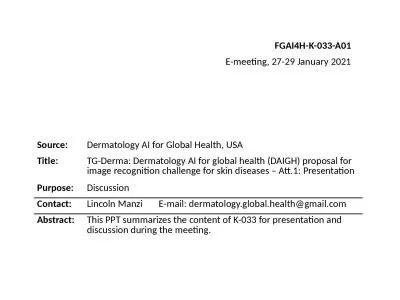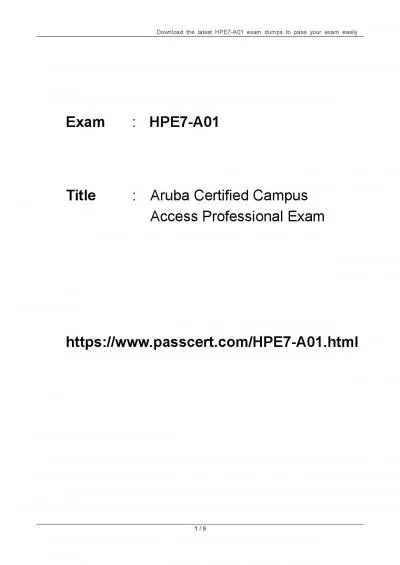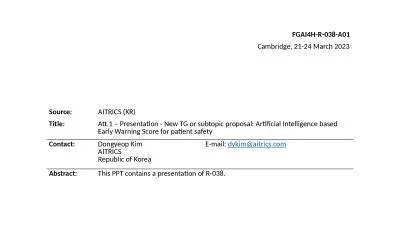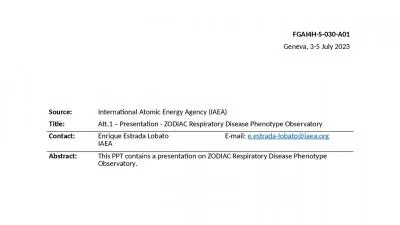PPT-FGAI4H-E-010-A01 Geneva, 30 May – 1 June 2019
Author : ThoughtfulTurtle | Published Date : 2022-08-01
Source TG Cogni topic driver Title TDD update TG Cogni Neurocognitive disorders Purpose Discussion Contact Marc Lecoultre Email mlmllabai Abstract This PPT summarized
Presentation Embed Code
Download Presentation
Download Presentation The PPT/PDF document "FGAI4H-E-010-A01 Geneva, 30 May – 1 Ju..." is the property of its rightful owner. Permission is granted to download and print the materials on this website for personal, non-commercial use only, and to display it on your personal computer provided you do not modify the materials and that you retain all copyright notices contained in the materials. By downloading content from our website, you accept the terms of this agreement.
FGAI4H-E-010-A01 Geneva, 30 May – 1 June 2019: Transcript
Download Rules Of Document
"FGAI4H-E-010-A01 Geneva, 30 May – 1 June 2019"The content belongs to its owner. You may download and print it for personal use, without modification, and keep all copyright notices. By downloading, you agree to these terms.
Related Documents

